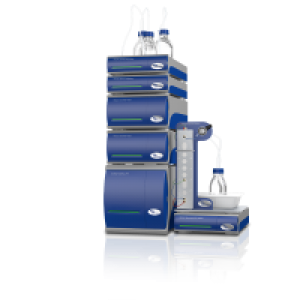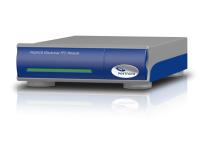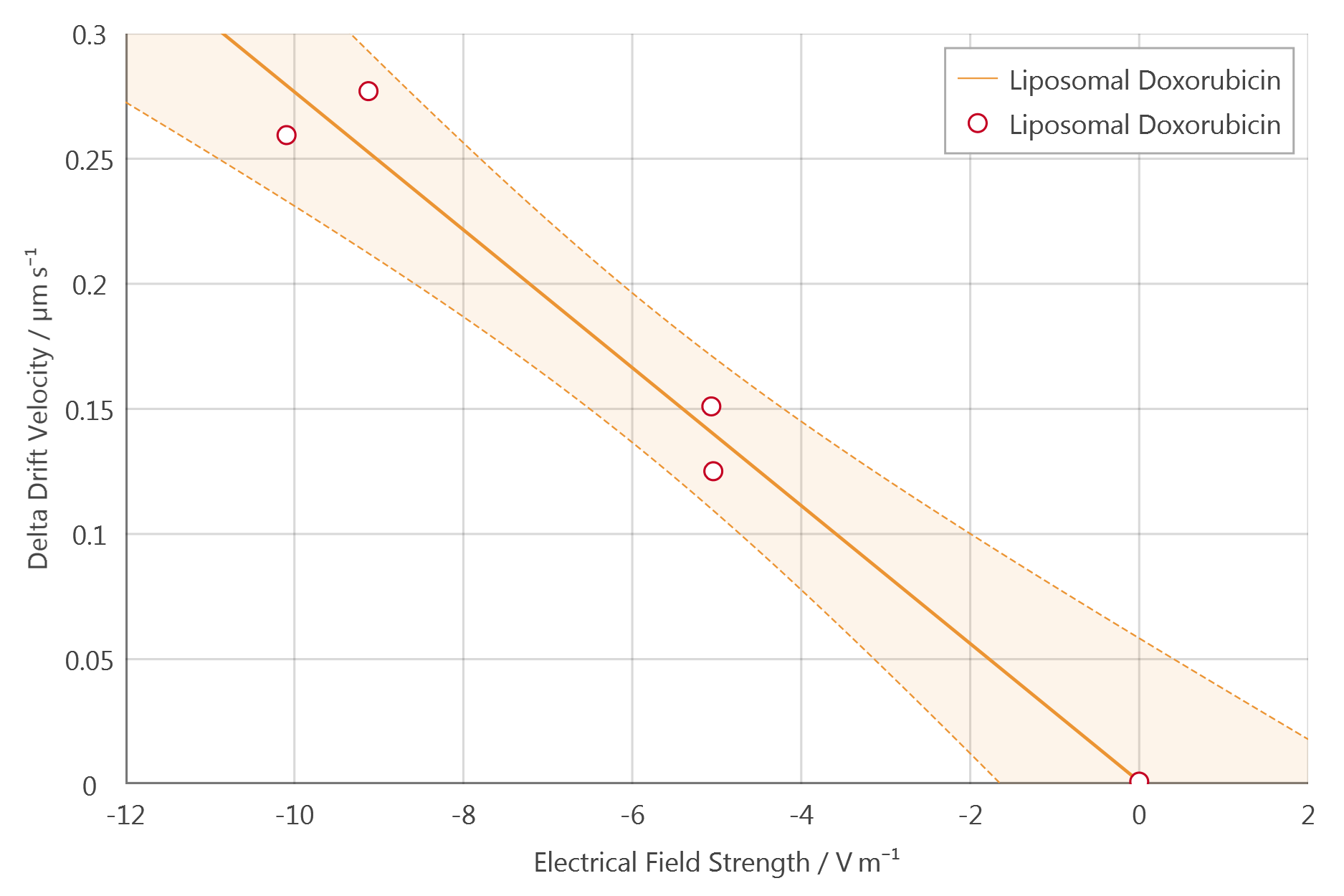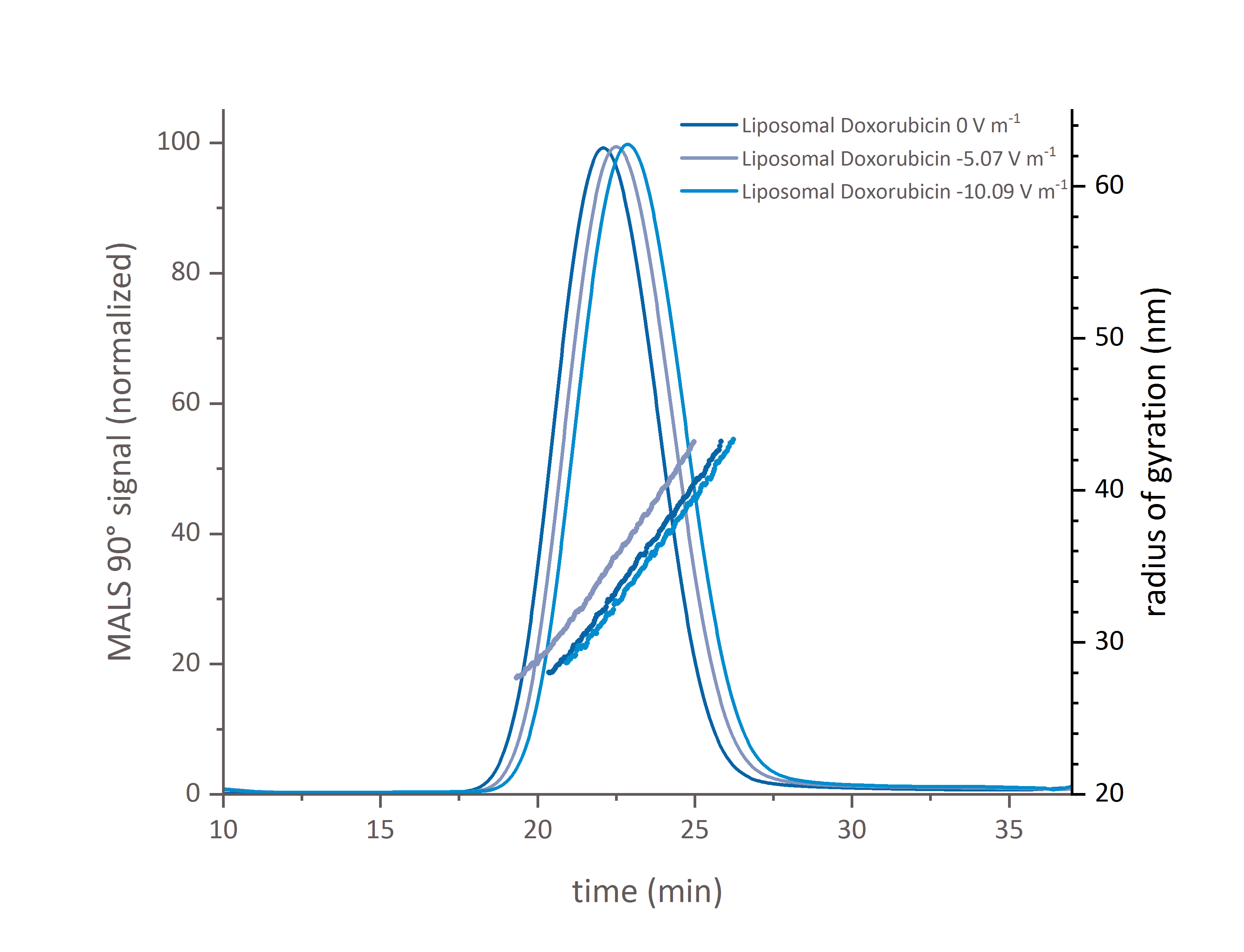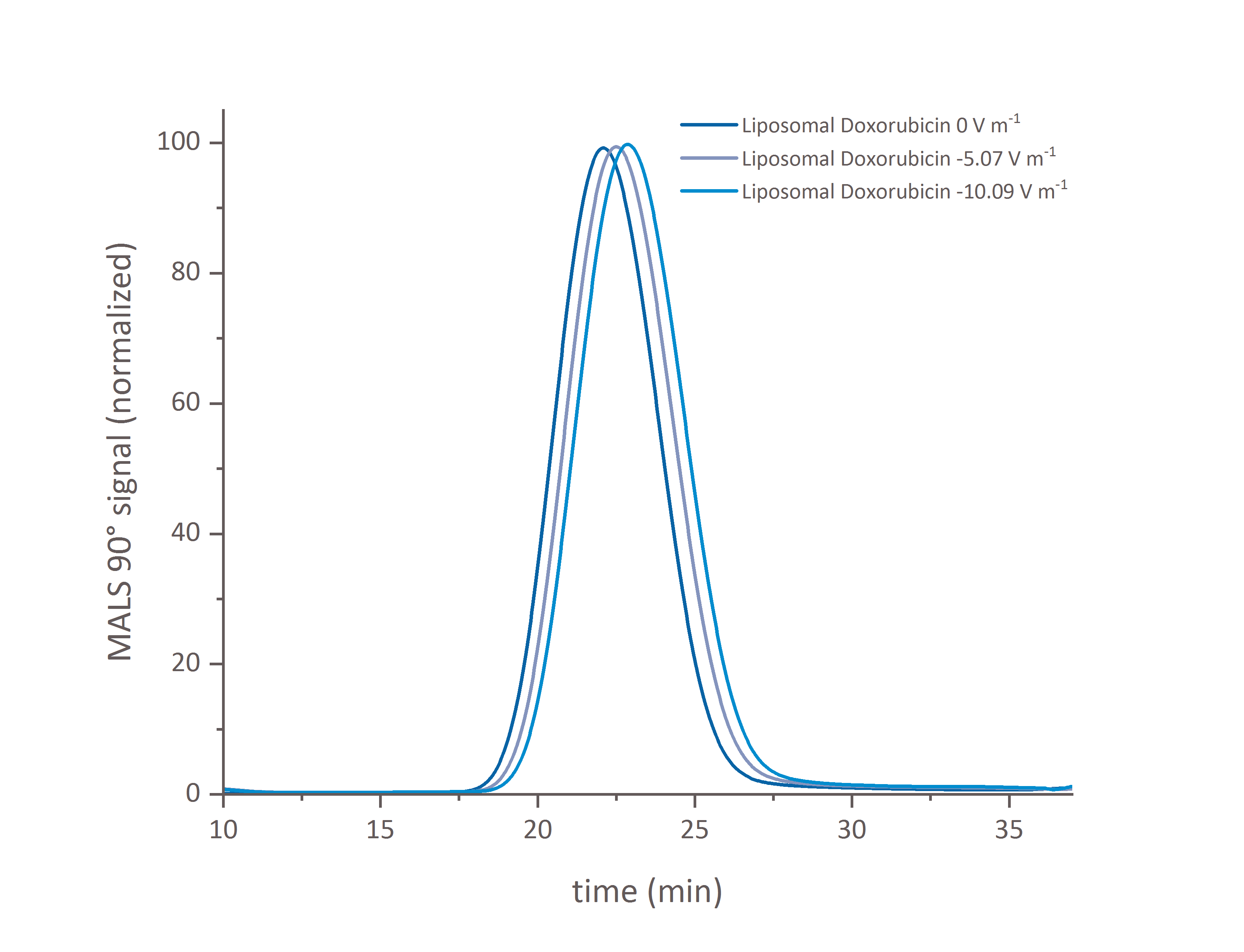EAF2000 Electrical Asymmetrical Flow FFF Series
Simultaneous Electrical and Asymmetrical Flow FFF
Principle and Advantages of EAF4
The Postnova EAF4 Technology combines the principle of Electrical and Asymmetrical Flow FFF in just one system. Electrical and Cross Flow Fields can now be applied in one FFF channel. This opens completely new routes for FFF separations which are based on particle size / molar mass and also on particle/molecule charge, providing additional sample information and adding a true second dimension of separation to Flow FFF. The new EAF2000 series is a powerful 2D FFF system which can be used either as traditional Asymmetrical Flow FFF or alternatively as hybrid FFF system utilizing both separation forces in the same channel simultaneously. This allows particle size and molar mass separations induced by the cross flow field and on top of this also charge separations by electrophoretic mobility induced by the electric field. Traditional Flow FFF separations typically provide particle size or molar mass distributions as final result. Now, with the advent of the EAF2000 any of these particle size and molar mass distributions can be further differentiated and transformed into a particle size or molar mass vs. charge distribution. This allows identifying charge heterogeneities which might be present inside the different size and molar mass fractions. As particle and molecule charge plays a primary role in many applications, such as protein aggregation, polymer flocculation, particle agglomeration and also in pharmaceutical formulations in general, the new EAF2000 opens completely new ways for a significantly better understanding of these phenomena and will quickly help to establish more efficient product development and QC processes.Independent Determination of Zetapotential
The new Postnova EAF4 technology is also designed in such a way that it allows the determination of the Zetapotential of the analytes under investigation. This can be done independently from other established techniques and systems such as the industry standard Malvern Zetasizer Nano. This makes the EAF2000 a powerful tool which perfectly complements any existing technique for Zetapotential determination and adds great value to any lab active in biopharma, nanoparticle and polymer research.
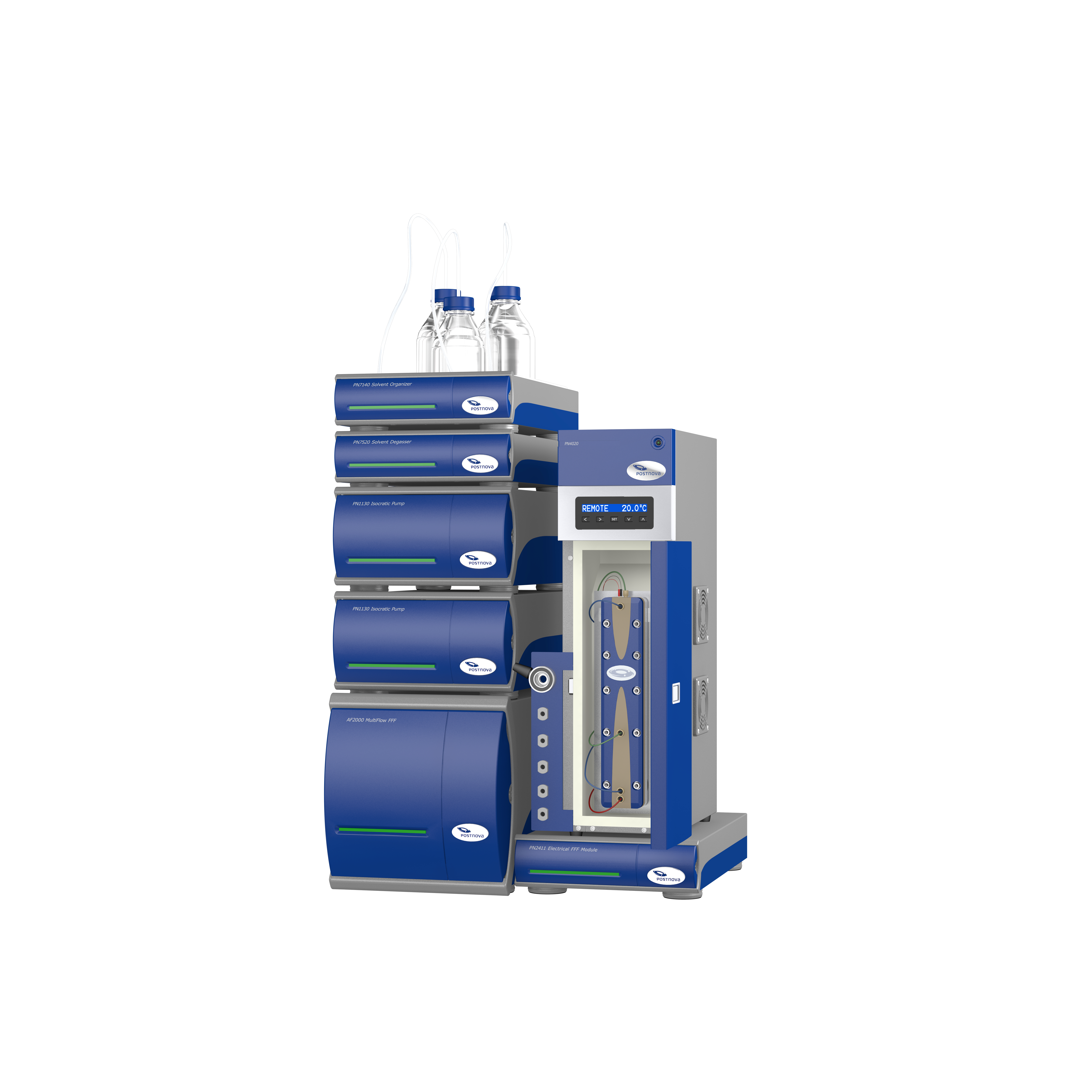
Why EAF2000?
New Ways of Zetapotential Determination
Besides the existing methods for Zetapotential determination, EAF4 plays a special role and adds unique advantages to this field of science. This is because most traditional techniques are limited by concentration and are only batch type techniques, not able to deliver true charge distributions or at least only providing averages. With the new Postnova EAF2000 system it is now possible to either determine the Zetapotential value of a single particle or molecule species or also to determine a complete charge distribution for the entire particle size or molar mass distribution.Powerful Malvern Zetasizer Nano Combination
The new Postnova EAF4 technology is designed to work as a stand-alone technique but will be even more powerful when combined with the leading industry standard Malvern Zetasizer Nano. In this case it is possible to use both systems online coupled together or still as independent systems. This combination provides unmatched possibilities, especially for validating Zetapotential results provided under different conditions.Easy Upgrade of any existing AF2000
The new Postnova EAF2000 comprises three different additional components compared to a standard AF2000 Asymmetrical Flow FFF which is the PN2410 EFFF controller, the EAF4 channel and the corresponding software. These hardware and software modules can be easily added to any existing AF2000 system, further empowering any of these various AF2000 systems already running in laboratories around the world.
Software & Modules
The Postnova EAF2000 System is based on a standard AF2000 Asymmetrical Flow FFF system with an additional Electrical FFF module, special EAF4 channel and the EAF4 software module:PN2411 Electrical FFF Module
PN2411 Electrical FFF module for precise control of the Electric Field allowing constant and reproducible separation conditions by state-of-the-art advanced electronicsEAF2000 Electrical Flow FFF Channel
EAF2000 Electrical Flow FFF channel with special built-in pole-reversible electrodes and resistant membrane for best possible cross flow performanceNovaFFF EAF4 Software Module
NovaFFF EAF4 software module for operation and data evaluation as well as additional electrophoretic mobility calculationsBiopharma:
Proteins, Antibodies, Antibody Aggregates, Viruses, Liposomes and Drug DeliveryEnvironment:
Environmental Nanoparticles such as Humics, Fulvics, Clay Particles, Silica, TiO2Nanomaterials:
Polystyrene Latex Beads, any charged Nanoparticle or high-tech NanomaterialEAF4 Unit
Carrier Liquids:
Aqueous: any aqueous liquid, pH from 2 - 11, ionic strength from DI water to salineOrganic: THF, MeOH, etc.
Detectors:
UV, RI, laser light scattering, fluorescence and more; multiple detectors in-lineSystem Software:
NovaFFF AF2000 ControlNovaAnalysis
Temperature Range:
5-90°CRecommended: Stabilization at 25° for correct field calculations
PC Requirements:
Windows, min. 8 GB RAM, 2 Ethernet-LAN ports, 1 RS232 portPN2411 Electrical FFF Module
Output / E-Field:
Current: +/- 75 mA*Max. Voltage: +/- 22.5 V
Resolution: 10 μA
Precision: < 1 % **
Reproducibility: < 0.5 % RSD **
* Depends on used solvents and channels. ** Valid only for an output current between 0.5 mA and 70 mA.
Status Control:
Current read backVoltage read back
Polarity
Discharge
User Control:
CurrentSelection of polarity
Electrode discharge to make sure E-Field is zero
pH Monitoring:
Permanent online pH measurement within a range of pH 3-12 (linear pH range between 3-10).Conductivity Monitoring:
Permanent online conductivity measurement. Within a conductivity meter measurement range of 10 μS/cm - 16 mS/cmSafety:
Short-circuit proofStatus Indications LED:
Red = field OFFGreen = field active
Environmental Conditions:
Relative humidity 20 – 80 % (non-condensing) at an operating temperature range of 10 – 40 °CPower Requirements:
100 – 240 VAC @ 50 – 60 HzDimensions:
Length x Width x Height 430 x 270 x 90 mmWeight:
5 kg

